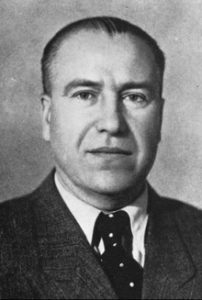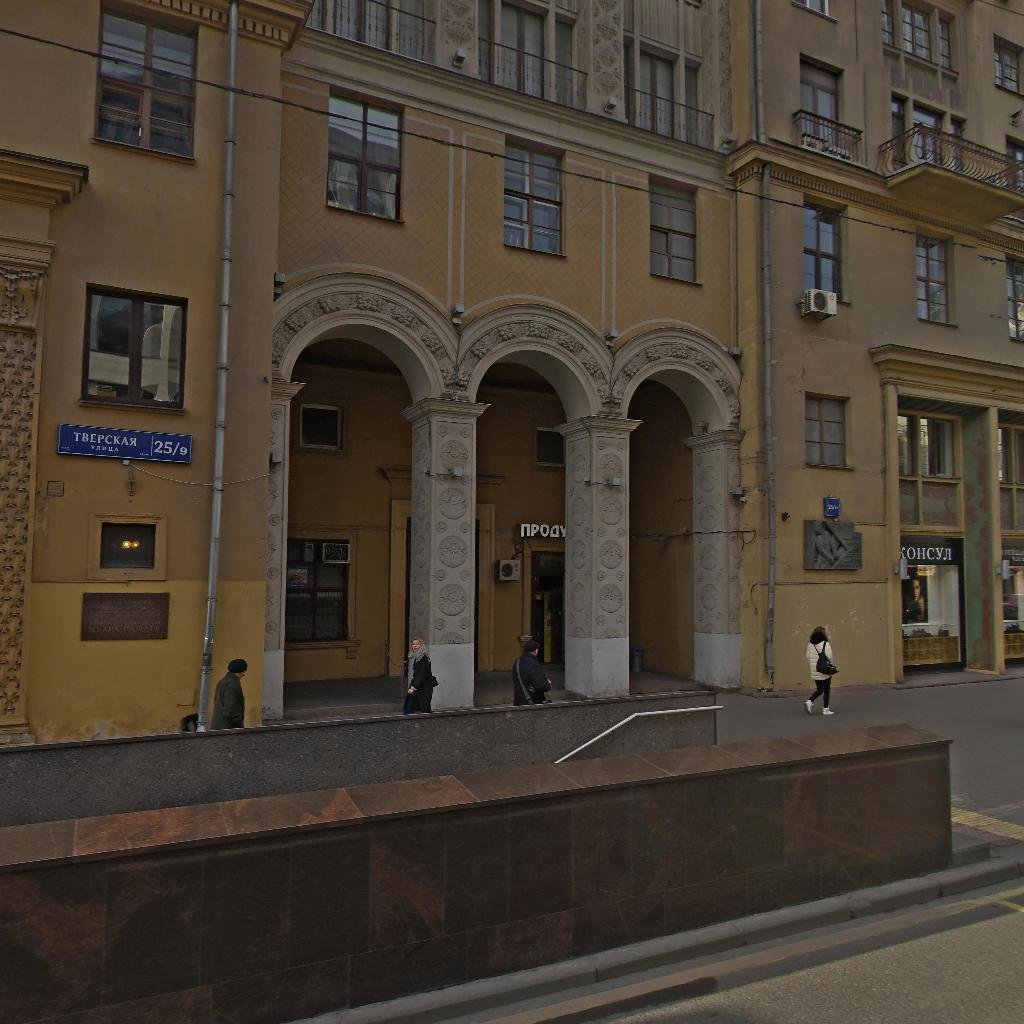Aleksander Aleksandrovich
Deineka
1899-1969

Aleksander Aleksandrovich Deineka is a Soviet painter, muralist, graphic artist, illustrator, sculptor, People’s Artist of the USSR, the Hero of Socialist Labor. He was born in the city of Kursk in a family of railway workers. From 1914 he studied at Kursk Railway School. At the same time, he attended art school. From 1915 he studied at Kharkov Art College. However, during the February revolution of 1917, classes at the school were discontinued, and Aleksander Aleksandrovich Deineka returned to Kursk. In his hometown, he joined the Red Army, became involved in the maelstrom of revolutionary events: he created posters for the Kursk branch of Windows of GROWTH (more precisely – ‘The windows of satire ROSTA), designed theatres and propaganda trains, headed the public education sector of the Kursk province. In 1921 Aleksander Aleksandrovich Deineka received a referral to study in Moscow. Here he entered the printing faculty of VKhUTEMAS. Prominent representatives of the Russian avant-garde were among the teachers in the workshops. The artist’s mentor was V.A. Favorsky. In 1924 Deineka took an active part in the creation of the Society of Easel Artists. At this time, the master’s own style began to form, based on a graphic manner, restraint of colorful solutions, clarity of compositional constructions. There was a circle of the main topics on which he focused throughout his creative activity: the glorification of heroic labor, sports, industrialization, technology. Typical paintings of the “Ostovsky” period were the canvases “Before descending into the mine” (1925), “On the construction of new workshops” (1926), “Textile Workers” (1927). In 1928 the artist created the painting “Defence of Petrograd”, which became one of Deineka’s most significant creations. Since the 30s, the visual language of the artist changed. His painting became less graphic, the color was not so restrained, lyrical motifs appeared in his work. One of the best canvases of this stage of Deineka’s work was the painting “Mother”. During the Great Patriotic War, he created a number of outstanding works. The painting “Defence of Sevastopol” (1942), filled with drama and a special heroic pathos, and the canvas “Outskirts of Moscow, permeated with internal tension, stand out in this series. November 1941” (1941). In the post-war period, the artist continued to develop his favorite themes. In the language of art, he sought to create an ideal image of a modern Soviet man. Notable paintings by Deineka of this period were “The Tractor Driver” (1956) and “By the Sea. Fishwives” (1956). An important part of the creative activity of A.A. Deineki composed monumental and decorative works, in particular mosaics on the plafonds of the Moscow metro stations “Mayakovskaya” and “Novokuznetskaya” (1938-1939), panels and murals in the Central Academic Theatre of the Russian Army (1940). In 1964 he was awarded the Lenin Prize for mosaics (“Good Morning”, “Milkmaid”, “Red Guards”). The master also left a significant mark in the field of sculpture, easel graphics. In addition to painting itself, he was also engaged in teaching: in Moscow at VKhUTEIN (1928-1930), at Moscow Polygraphic Institute (1928-1934), at Moscow Surikov Art Institute (1934-1946, 1957-1963), at the Moscow Institute of Applied and Decorative Arts (1945-1953, until 1948 director), at Moscow Architectural Institute (1953-1957). He was a member of the Decorative Arts Department of the USSR Academy of Arts, being a member of the Presidium (since 1958), Vice-president (1962-1966), academician-secretary (1966-1968).
Address: Moscow, Tverskaya str., 25/9

